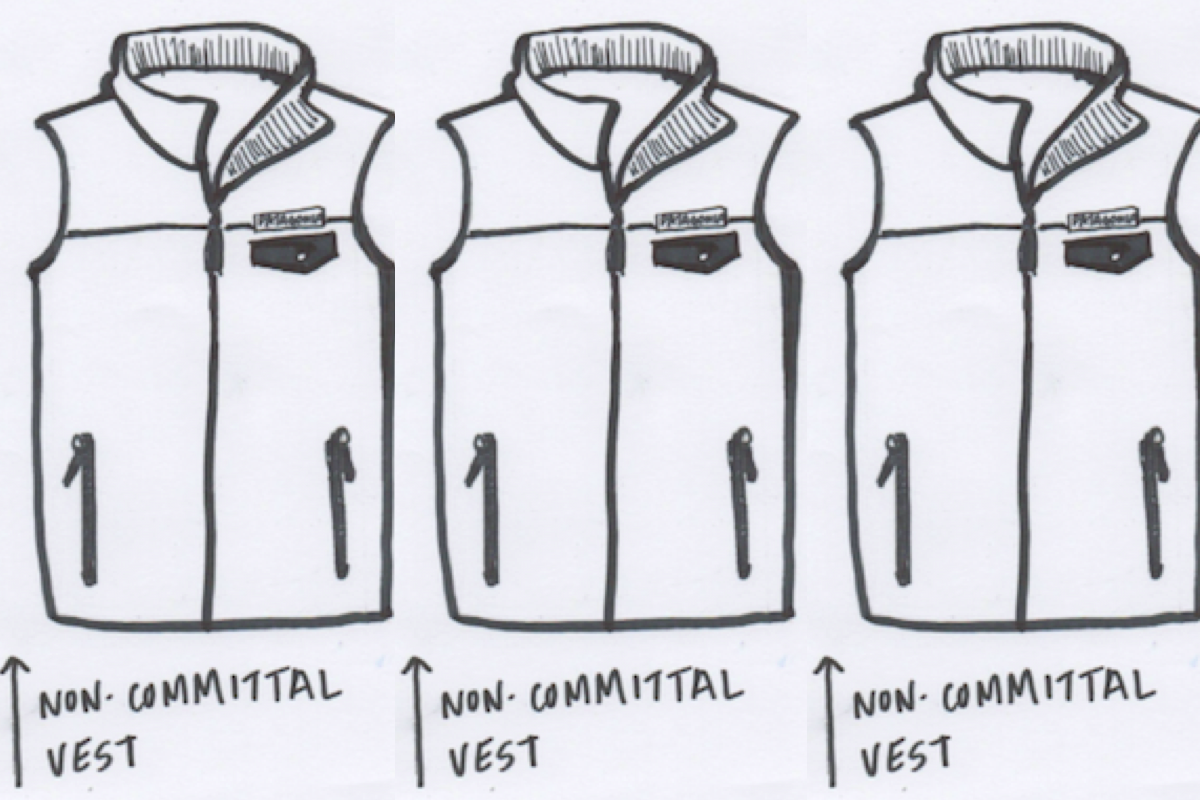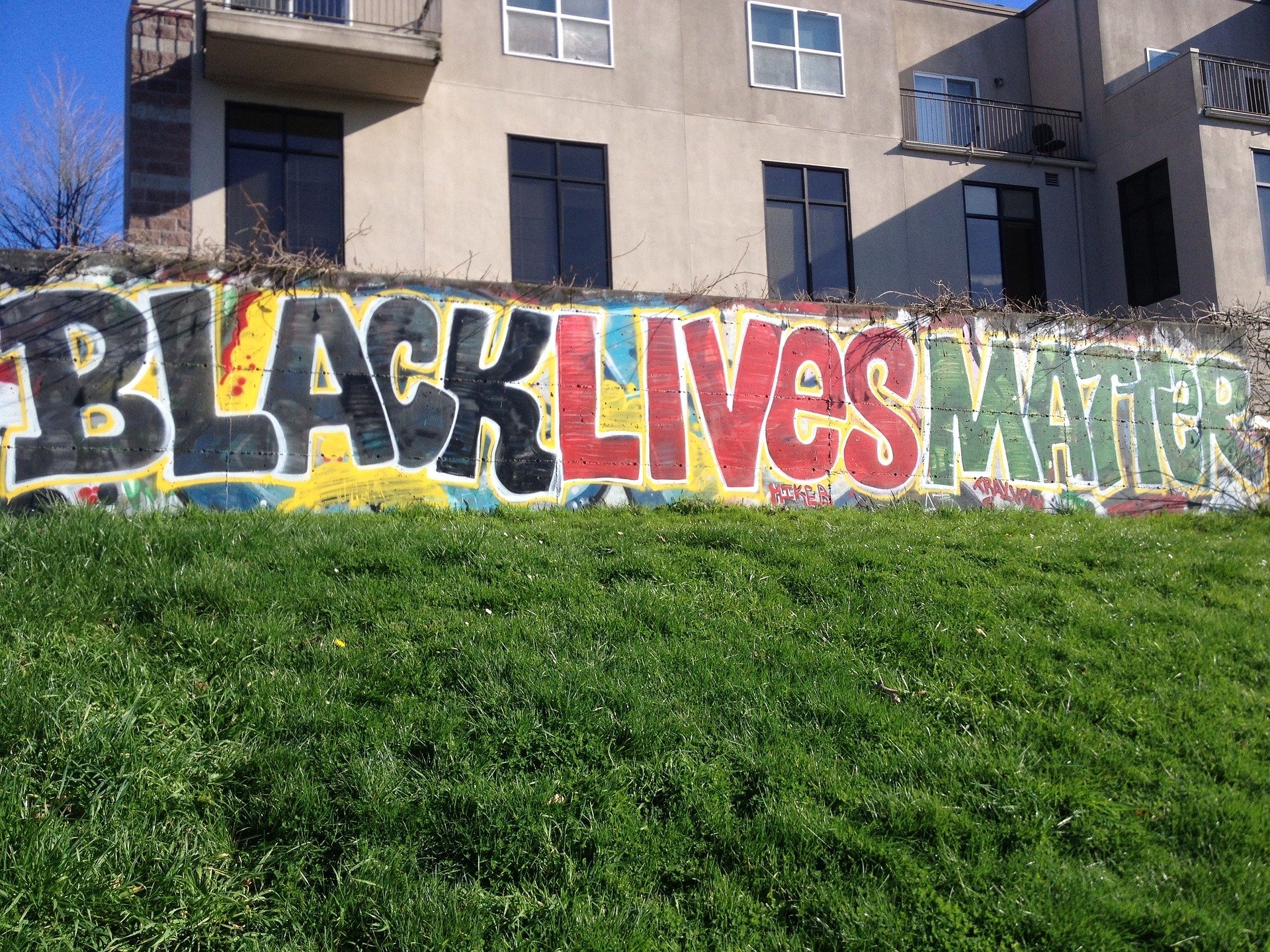Get Real with Carla Stockton
Titanic on Wheels: Why the 2014 Supersize Bus Accident in Times Square Matters Now More Than Ever
—
[Continued from Part 1]
When I began guiding with CitySightsNY in 2005, I was fortunate enough to earn the friendship of a guide named Stanley Tomashaw, who had already become mythic in the business.

Stanley was a tourist’s dream guide. He didn’t just know New York, he exuded it. He knew the city the way an overprotective mother knows her child. He was intimate with very nook, every cranny of information, not just in Manhattan but in Brooklyn and Queens and Staten Island too. Stanley’s stories were a nasal mishmash of those you’d expect to hear from a university history professor and his favorite cabbie, from a Jewish lawyer and his local delivery boy.
You couldn’t miss Stanley. He wore garishly green or orange culottes even in the wintertime, with hot pink blouses, the kind an overweight spinster might wear to a self-actualization conference. The eye shadow was purple, mascara was thick, and the lipstick neon. Lee Gelber, who is known in the city as the “Dean of New York Guides,” likes to recount seeing his close friend Stanley Tomashaw at his own birthday party. “Stan was there complete with nail polish, rouge, lipstick, and a knit cloche.“ Stanley’s iconoclasm had driven him out of a series of lucrative careers from bond trading to office supplies and into tour guiding when Gelber hired him to work at Gray Line. Coach USA took over soon thereafter, and, as Gelber explains, “Stan’s sartorial touches were not appreciated nor were the customer complaints about his left of center commentary during the tours. However, the cross dressing proclivities really bugged them, and Stanley was railroaded out of Gray Line.” Stanley referred to himself as a pre-operative transsexual, a lesbian awaiting completion, but he also spoke of himself as the father of beloved daughters, as the husband he tried to be. The voice was deeply masculine, and despite the long purple fingernails, I could never quite know him as “she”.
Stanley’s tour was laced with socialist, even communist rhetoric, but he never supported the idea of a union. “No union is going to appreciate my individuality any more than this company does. This isn’t 1930, my dear, and there’s no Guthrie or Robson to keep us focused. I’ll just do my job, and so long as I don’t kill any customers, they’ll leave me alone to collect my pay.”
In my opinion, the bus did kill Stanley. Indirectly. Like many of us did, Stanley fell off his seat on a trip across the Manhattan Bridge in high winds. He already had severe joint pain and widespread arthritis, and after the fall, he was never the same, always in pain, depending more and more on painkillers that were necessarily ever stronger and more invasive. Finally, in desperation, he decided to try back surgery, to undergo an operation to fuse his back and stop the pain. He contracted an infection in the hospital and died in his sleep just days after his back was fixed.
Falling off seats happens a lot to tour guides. The buses themselves are without standards and would be unable to measure up to any if there were some. From the beginning, the CitySights buses have been potential death traps. They were designed that way.
Gray Line took out an injunction that prohibited CitySights from running or building buses like theirs. Old coaches were sent to a company in Ohio, where makeshift decking was constructed, and a fleet of homey, rudimentary buses hit the road.
At first, all buses were uncovered and had no seating underneath, which made it impossible to compete with Gray Line, which offered coach-style touring and protected customers from bad weather. Someone in the Murmursteins’ employ invented the large plexi-glass shields that have become commonplace on city buses, but in those days, they were rough at best. They were very quickly and easily scratched by wind, rain, tree branches, etc., which caused such damage that passengers could not see through them. In rain or snow, the windows fogged, and there was zero visibility. High winds blew sections of plastic – at times even entire windows – out of their positions, and every bus had at least a few seats where all manner of wind and precipitation pelted the customers unlucky enough to be sitting there.
Those buses had poorly designed doors that would not close, forcing drivers to lock themselves into their cabs using hook/eye and padlocks. Their brakes were inadequate for the stop/start traffic of NYC, and windshield wipers either froze or wore away too quickly to be effective for very long.
Drivers put up with all of it in conditions that were subhuman. One of the original drivers, a man named “Keith” from the Bronx, had driven for the Murmursteins for several years, though his ambition was to drive a NYC Transit bus, and he frequently re-submitted his application to the MTA, but his patience with CitySights was tattered. A skilled driver, Keith had a short temper, and his great downfall was daily imminent, after a few hours of being locked inside his little cage, eating as he drove, stopping clandestinely at McDonald’s on 12th Avenue to relieve his bladder, taking guff from his disgruntled guide and passengers. By the middle of any shift, Keith would be a tinderbox, ever on the verge of ignition.
A few years after CitySights was founded, “Ron,” the Operations Manager and Keith’s close personal friend, put Keith in a dispatcher’s job, where he was on the ground, in charge of sending the buses out according to schedule. He still got no breaks, he still had no place to pee, and he still took guff, now from other drivers as well as guides and passengers. One day, he simply snapped and attacked a complaining guest. He had assaulted passengers in the past, but he had never done real damage. This time, he wound up in jail, and his driving skill became moot as far as the MTA is concerned.
“Things started to get really bad,” says Moses Gates, “when business improved, got better and better, and the owners took more and more advantage of our willingness to work hard.”
Stefan Stanley agrees. “The more customers they had, the worse it got for us. The PA systems were absolutely worthless, so our mics never worked. Customers began to mutiny because they wanted to hear. We guides never knew when our shifts would end because the company just kept sending us out, and when we complained, they threatened to fire us. And, of course, the worst was that we got no breaks.”
Customers’ ticket purchase was, more often than not, based on lies. Since there were no rules, no standards, and everyone wanted to make as big a piece of the pie as he could, ticket sellers were recruited from among newly arrived immigrants who were willing to work on straight commission. They learned quickly that the key to their survival was to tell a customer whatever the customer wanted to hear in order to sell the ticket. They promised prospective passengers they could get from 50th Street and Eighth Avenue to the Empire State Building in ten minutes; they promised air-conditioning in the summertime and cozy heating in the winter. Where fairly long walks were required to get to a destination from the bus stop, the sellers promised shuttle services. They assured customers that there were bathrooms on board and that refreshments would be served. Et cetera. Naturally, the brunt of the customers’ wrath incurred by the lies was rested on the heads of the tour guides and the drivers. The more cheated customers felt, the more they derided the guide and the less they left in the tip box.
Dangers lurk all around the tour guide. In high season, all seats are sold, so there is no place for the guide to sit. Standing is dangerous – customers are prohibited from doing so. To be fair, the company issues a warning to guides that they are expected to sit. But, paradoxically, that same guide is required to walk up and down the aisles checking tickets, keeping garbage in check as much as possible (the buses are not equipped with garbage receptacles), and that makes them subject to the uneven stops and turns that threaten to throw them down the stairs or overboard. Floors are notoriously slippery and wrought with debris that slides back and forth to facilitate falls and bruising. And when there is a choice to be made between preserving a guide’s seat and letting another customer on board, the guide is left standing by the dispatcher, who has been unofficially instructed to do so.
Then again, sitting is not much better – at best, a guide can expect to be thrown off the seat at least once in a trip, the shape of the seats are ergonomically disastrous and are constructed of the hardest plastic known to man. Most guides have myriad stories of their very serious cuts, bumps, and bruises.
In my second year with CitySights, on a particularly stormy day in November, I had a family from the UK who were insistent on staying outside though I knew there was a coach behind us that would have taken them on. They wanted to see the city, despite the heavy rain and bitter cold, and so we stayed atop that bus. I was huddled in the back, under my rain gear, shivering and offering what semblance of the tour I could actually see, when they got a phone call. Suddenly, they were all up pacing back and forth, wailing. I made my way toward them, knowing something must be terribly wrong, wanting to help; I was so concentrated on their situation that I failed to see a street lamp headed toward my face. I did not duck in time; my glasses were smashed, my nose cracked, and my eye swelled. Things only got worse from there.
The companion of the couple whose phone had rung told me that the call had come from a police person in the UK informing them that their daughter had been killed in a car accident. I knew they needed to get off the bus immediately, to get back to their hotel, to be anywhere but where they were at that moment. I tried to communicate with the driver, whose camera should have been capturing all the action, including my injury, as it was going on. By law he was supposed to stop the bus if people were walking around, and by rights he should have stopped when I was whacked. But the camera was – as was often the case – not working. The PA system, designed as a communication from the top of the bus to the driver, was also out because of the storm. We were stranded on top of that bus, they keening, and I bleeding, and we could not make the bus stop. I instructed all six of them to join me in stomping on the floor, which I knew would get the driver’s attention and possibly give him a headache. It took another five minutes before he finally jolted to a stop and stormed up the stairs to yell profanity at me. He never even looked at me or gave me a chance to explain, and the family exited the bus while he was throwing his tantrum. Understandably, they didn’t leave a tip. The driver launched into a second tirade upbraiding me for having failed to make a tip speech.
A favorite admonition by guides to their drivers is, “You are not my pimp, and I am not your bitch.” Tipping, that most barbaric of American customs, is expected on the tour buses. Nowadays guides’ salaries have declined considerably, and drivers’ salaries have risen some so the inequity between the amounts they make is not nearly as great as it once was, but when our salaries were at $20/hour, our drivers often made half or less than half of what we made. They were largely newly arrived Asian immigrants, unskilled in the English language, and they were easily exploited because they needed the paycheck and had an incomparable work ethic. When they were hired, management promised them they would be tipped generously; the guide would make a speech that informed customers that tips were mandatory, and the guide would then divide the take evenly with the driver. Drivers regularly chased guides down streets accusing them of cheating or of evading the tip request or of some kind of subterfuge to withhold the driver’s fair share of the money, when, in truth, there was little or no money left in the tip jar to begin with.
The problem still persists, but it’s hard to blame the drivers. They have to put up with impossible conditions, and they face innumerable dangers too. The buses are dirty, run down, scantily serviced; maintenance is expensive. When owners cut corners, the first to feel the deficiencies are the drivers, whose discomfort and endangerment augment the hazards for the guide.
Because the brakes are never in good shape, stops knock passengers off the seats. The same black smoke poisoning the drivers drifts purposefully to those atop the bus, and both tour guide and driver spend much of an 8+-hour shift coughing and wheezing.
My friend Kitty was an actress, a lovely woman in her late forties, who contracted pneumonia as a result of her working conditions. We weren’t paid for days we didn’t work in those days, so she got meds to reduce her fever and kept on working until she collapsed of a massive heart attack. She lives today in a semi-vegetative state in a facility near her family in Northern California. Another of my pals, Rick, a photographer from the Bronx was feeling dizzy and stressed in the summer sun. He asked to be sent home and was told to finish his day if he wanted to be paid. He had a stroke just before quitting time; he remains five years later in a city-run convalescent home.
But it is the tour guides’ nature of to make the job look like fun. As Gates points out, “It’s a job that attracts some colorful characters, particularly those who enjoy performing, being the center of attention, and they would not want to risk losing the freedom to stay in the limelight. They will never defy the system, will never go out on strike. They prefer to go gently . . . in order to keep going.”
Unions cannot control employers, who are impervious to the slaps on the wrists they receive for their infractions. And employers have the upper hand. There are always myriad hungry people in New York, who are over-educated and under skilled and who cannot thrive anywhere else. Every person in the workforce feels eminently expendable. Consequently, tour guides continue to be exploited by companies that insist on hoarding the profits from their lucrative business. And the double decker buses are not alone in their treachery.
According to public record, On Board Tours, a division of New York Party Shuffle, which is owned, in Pflantzer’s words, “by a Texan who doesn’t even live in New York City,” regularly fails to pay its employees for their time spent on the buses, coaches, which, like the double-deckers, are poorly maintained, with PA, A/C and heating systems that rarely work properly. “They’re all alike,” says Stefan Stanley. “There’s a plethora of ‘em out there, and none of ‘em’s any good to us.” He once received three separate paychecks for the same week of work; each of the first two checks bounced, and when the bank very nearly refused to honor the third, Stefan knew it was time to flee. He quit his job that day.
Fred Pflantzer is still fighting to receive back pay that was promised in an NLRB (National Labor Relations Board)-assisted court decision. After he was fired the first time for attempting to organize a union, Pflantzer and the NLRB took New York Party Shuffle/ On Board to court, where Pflantzer won reinstatement and three years’ worth of back pay. But the company fired him again the first day back on the job, and they continue to demur from paying him.
“I’m not alone,” barks Pflantzer. “People who work for these guys have lost apartments, lost phone service, have wound up on the streets because they’re being paid with rubber checks. You can only put so many bad checks in your bank account before the bank blames you for them. When companies play games with their employees, they ruin lives.”
“Every season there’s a new bunch of companies out there, “ Stefan Stanley observes. “And they’re all the same. None of them’s going to respect us.”
“Basically,” says Moses Gates, “It’s like this. The tour guide is the blue-collar version of the white collar academic. The bus boy of pedagogy. No matter how much they know, no matter how well they tell it, they’ll never be looked at with the same regard as a college professor. That’s just the way it is.”
Endnote: I made my last trip speech in September 2012.
[View part 1 of this article.]
—
Carla Stockton, Nonfiction Editor of Issue #53, is a lifelong on-and-off New Yorker, who, after living for 13 years in exile in the southwest desert, brings a returnee’s perspective to the city. As a fully licensed sightseeing guide, she has a particular intimacy with the area and is never reluctant to share it with others. Carla’s semi-weekly column will discuss people, places and events in and around Manhattan. Follow her here.





